This article was co-authored by Kara Hartl, MD, FACS and by wikiHow staff writer, Madeleine Criglow. Dr. Kara Hartl is a board certified Ophthalmologist and the Founder and CEO of Mountain View Eye Center in Fairbanks, Alaska. Dr. Hartl is a blue light expert and specializes in studying the effects of natural and artificial light on people’s eyes and bodies. She received a BA in Biology from Harvard University and earned her Doctor of Medicine (MD) from The University of California-San Diego Medical School. Dr. Hartl also trained at the world-renowned Bascom Palmer Eye Institute. She is passionate about incorporating technology into the future of eye care and has started a public education initiative to inform everyday LED screen users about the effects and the easy ways to protect themselves while continuing to use their devices. Dr. Hartl also founded the international non-profit, Gift of Sight, which is dedicated to curing blindness across the globe.
There are 7 references cited in this article, which can be found at the bottom of the page.
This article has been viewed 20,636 times.
Blue light glasses can be a great way to protect your eyes and get good rest at night, but not all pairs are equally effective. If you want to test the effectiveness of your blue light glasses or are curious about learning more before you buy a pair, this article is here to help. Read on to learn all the ways you can test your blue light glasses at home. We'll also walk you through the different types of blue light glasses available so that you can find a pair that gives you the kind of protection you're looking for.[1]
Steps
RGB Color Chart Test
-
1Look at the RGB color chart without your glasses first. RGB stands for "Red, Green, Blue." To find the RGB color chart image, search "RGB Color Chart" or "RGB Color Wheel" online. While looking at the color chart without glasses, you will see a red section, a green section, and a blue section. In the areas in which green and blue intersect, you will also see a smaller light blue (cyan) section.
-
2Put on your glasses and stare into the RGB color chart. If your glasses are blocking blue light, the blue section will appear much darker than before (dark blue, dark grey, or black). The light blue (cyan) section will blend in with the green section, which will also be significantly darker. If this is what you see, that means your glasses are effectively blocking at least some blue light.[6]
- If there isn't a significant change, it's possible your glasses may not be blocking blue light.
Black and Blue Square Test
-
1Stare into the black and blue squares without your glasses first. To find the black and blue square test online, search "Black and Blue Square Test" to pull up the image. When you're not wearing your glasses, you should see one black square and one blue square.
- Alternatively, sometimes this test is done as a blue and black circle. If so, search "Blue and Black Circle Test" to find a black circle with a blue inner circle inside.
-
2Look into the blue and black squares with your glasses on. If your glasses are blocking blue light, you should now see two black squares. If that's what you see, your glasses are blocking at least some blue light.
- In the case of the blue and black circle test, you will now see one black circle (with no inner blue circle).[7]
- If you still see blue and black squares or a blue and black circle, your glasses may not be super effective at blocking blue light.
Warnings
- Be wary of any company selling a laser testing pen to test their blue light glasses. These pens are meant for detecting ultraviolet light only and do nothing to test blue light.⧼thumbs_response⧽
- At this time, blue light glasses are not considered medical devices and are not regulated by the FDA. This means that it may be difficult to determine with 100% certainty how effective or beneficial your blue light glasses are.[10]⧼thumbs_response⧽
References
- ↑ https://news.iu.edu/stories/2020/10/iub/releases/15-blue-light-glasses-improve-sleep-productivity.html
- ↑ https://www.aao.org/eye-health/tips-prevention/digital-devices-your-eyes
- ↑ https://health.clevelandclinic.org/put-the-phone-away-3-reasons-why-looking-at-it-before-bed-is-a-bad-habit/
- ↑ https://journals.plos.org/plosone/article?id=10.1371/journal.pone.0169114
- ↑ https://www.jahonline.org/article/S1054-139X%2814%2900324-3/fulltext
- ↑ https://knowtechie.com/how-to-test-if-my-glasses-block-blue-light/
- ↑ https://knowtechie.com/how-to-test-if-my-glasses-block-blue-light/
- ↑ https://knowtechie.com/how-to-test-if-my-glasses-block-blue-light/
- ↑ https://www.aao.org/eye-health/tips-prevention/digital-devices-your-eyes
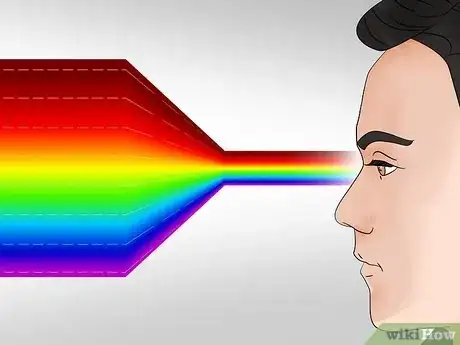
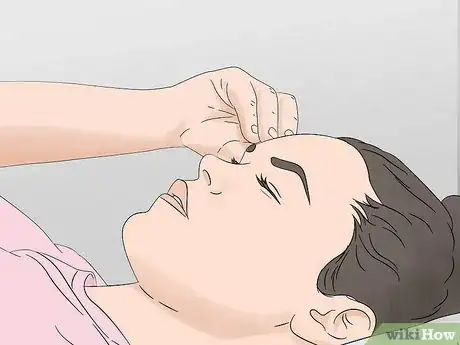
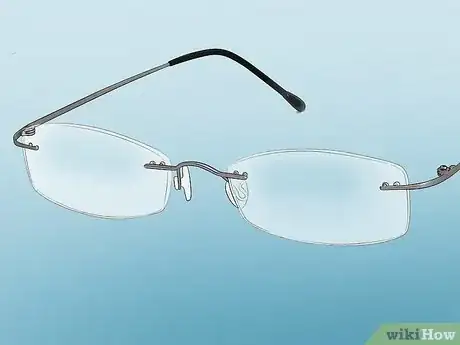
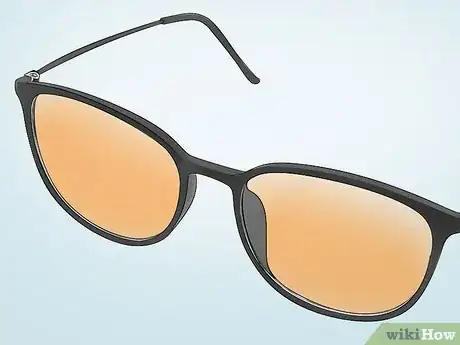
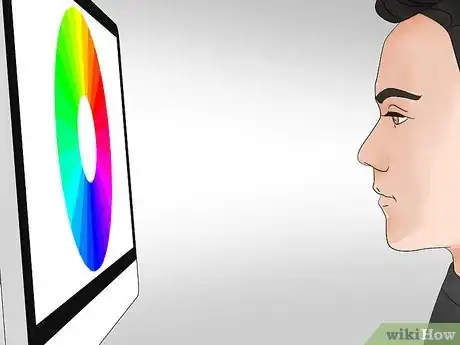
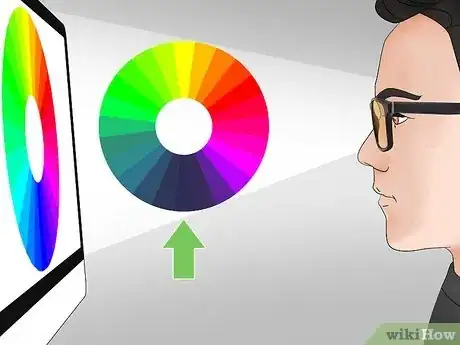
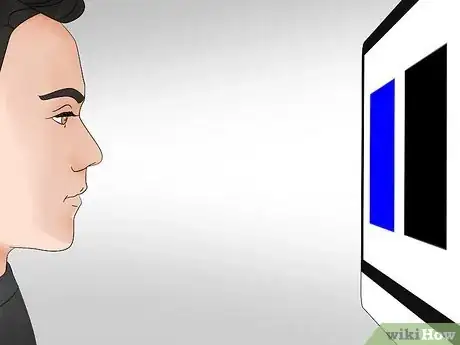
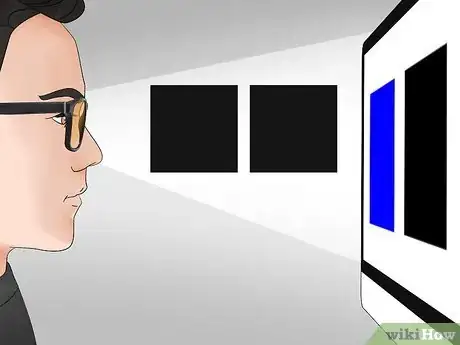
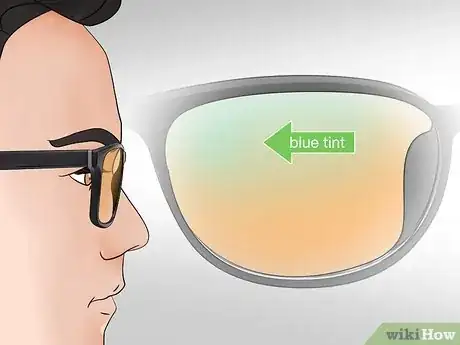



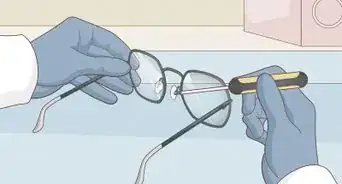
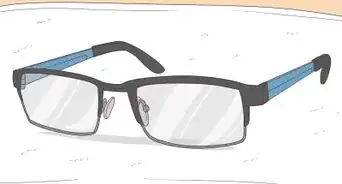
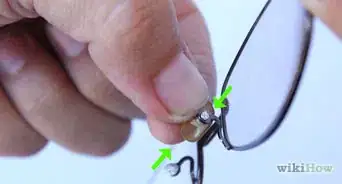

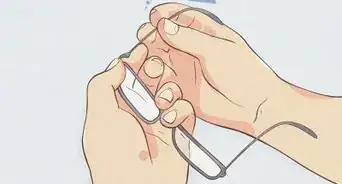
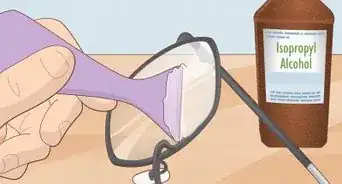
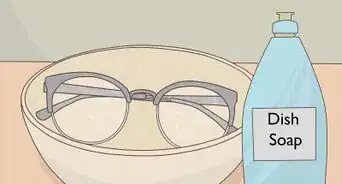
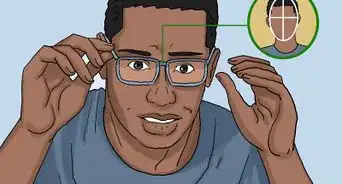







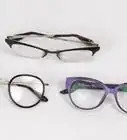
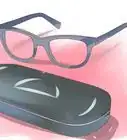





































Medical Disclaimer
The content of this article is not intended to be a substitute for professional medical advice, examination, diagnosis, or treatment. You should always contact your doctor or other qualified healthcare professional before starting, changing, or stopping any kind of health treatment.
Read More...